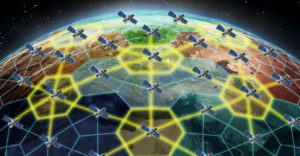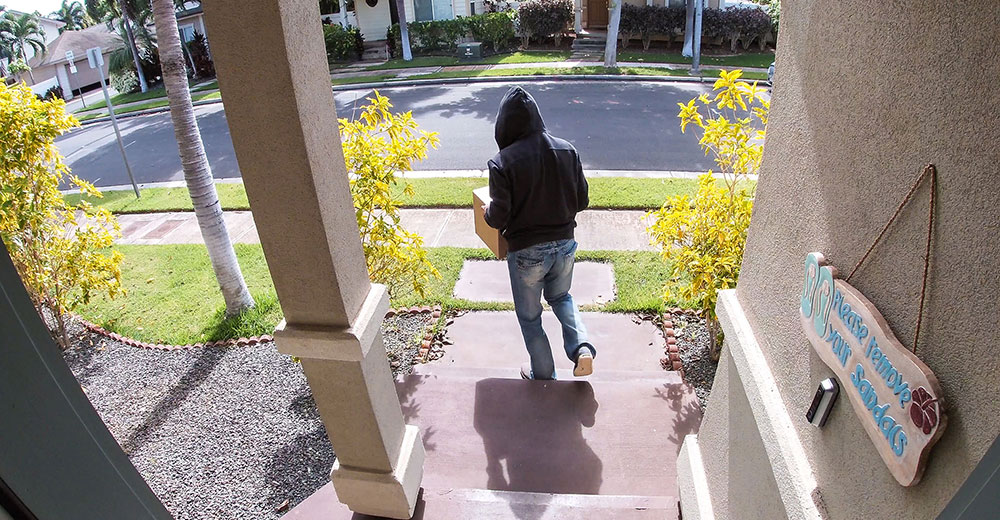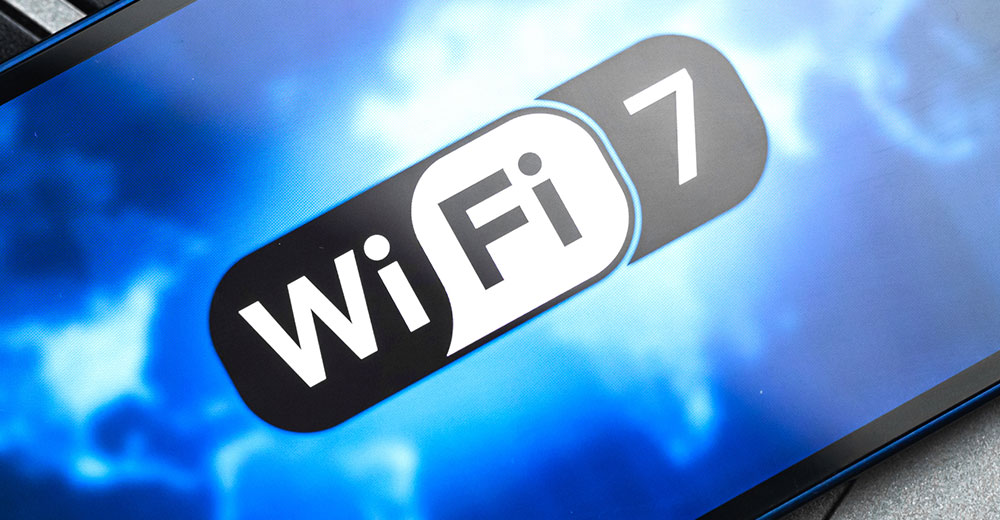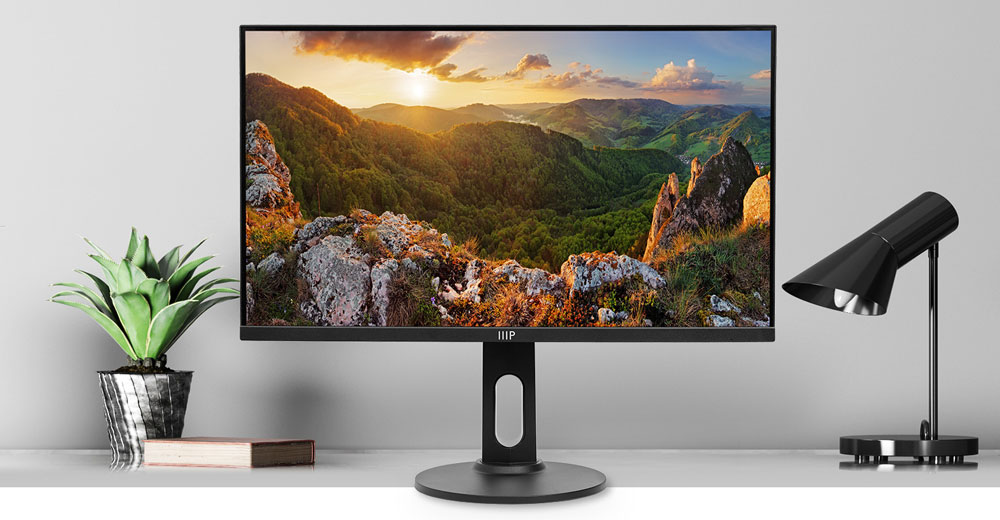A satellite network provider on Tuesday announced it has successfully used its space hardware to complete a voice and data call from an unmodified smartphone.
The 5G call, the first of its kind, was made from Maui, Hawaii, to a Vodafone engineer in Madrid, Spain, using AT&T spectrum and AST SpaceMobile’s BlueWalker 3 test satellite.
AST stated that the call was placed on Sept. 8 from a wireless dead zone near Hana, Hawaii, with a Samsung Galaxy S22 smartphone.
It added that in a separate test, the company, which is building a space-based cellular broadband network, broke its previous data session record by achieving a download speed of 14 Mbps.
“Since the launch of BlueWalker 3, we have achieved full compatibility with phones made by all major manufacturers and support for 2G, 4G LTE, and now 5G.” AST CEO Abel Avellan said in a statement.
“Making the first successful 5G cellular broadband connections from space directly to mobile phones,” he continued, “is yet another significant advancement in telecommunications AST SpaceMobile has pioneered.”
“These moments are extraordinary milestones in telecommunications history,” AT&T Network President Chris Sambar added in a statement.
“These first-of-a-kind innovations would not be possible without ecosystem-wide collaboration,” he said. “We’re all working together to achieve the shared vision of space-based connectivity for consumers, businesses, and first responders all around the globe.”
Small Subset Appeal
The AST call is another demonstration of what’s possible with 5G, noted Jason Leigh, a senior research analyst for mobility at IDC, a global market and research firm.
“The real applications of it, though — whether it’s for consumers or business — remain relatively distant,” he told TechNewsWorld.
Satellite coverage won’t be massively important to most people, contended Michael Hodel, director of equity research for the media and telecom sector for Morningstar Research Services in Chicago.
“A small subset of the population that spends a lot of time outside typical network coverage areas might be very interested in having satellite capabilities on their smartphones, eliminating the need for a separate satellite phone,” he told TechNewsWorld.
“I suspect that the average consumer won’t be willing to pay more for satellite access month in and month out,” he continued, “but I could see it periodically appealing to people when traveling in remote areas.”
Reluctance To Pay More
There is no doubt that satellites today are providing cost-effective communication solutions, as they do for airlines, added John Strand, of Strand Consult in Denmark, a consulting firm with a focus on telecom.
“The business case is good, and when people fly,” he told TechNewsWorld, “the willingness to pay for access to the internet is very high.”
He was less optimistic about the technology getting traction among most consumers. “It’s easier to write stories about what you can do with the combination of mobile and satellite than it is to get customers to pay for the extra functionality,” he said.
“The big questions are whether customers are willing to pay extra to be able to use a satellite connection on their mobile phone,” he observed, “and how much a mobile operator is willing to pay for its customers to get access to an additional network.”
“I don’t believe that the willingness to pay is high,” he said. “In addition, if you’re a satellite company, you’re competing with better and better mobile coverage and Wi-Fi in a lot of places.”
Coverage Without Limits
However, Michael Misrahi, Americas telecommunications leader for global professional services firm Ernst & Young, argues there is a real need for 5G satellite service.
“From a consumer perspective,” he told TechNewsWorld, “a fully interoperable terrestrial and non-terrestrial network will provide complete coverage that’s not limited by towers and terrestrial radio units.”
“It also serves to improve the network infrastructure in its use of backhaul, especially for maritime and rural applications,” he said.
“From an enterprise perspective,” he continued, “this creates an interoperable network that can provide connectivity, security and leverage different connectivity infrastructure to ensure devices and use cases that need 100% uptime connectivity are connected despite the morphology and location — even at sea or in the air.”
“This makes digital transformations and use case adoption for the enterprise in IoT, AI, and elsewhere all technically viable and without disruption by a singular infrastructure fail or potentially by borders,” he added.
Slow Broadband
The main driver behind 5G satellite service is 2.6 billion people who are unconnected globally, maintained Octavio Garcia, a senior analyst with Forrester, a market research company headquartered in Cambridge, Mass.
“One needs to understand, however, that initial use cases for 5G satellite, expected in the next two to three years, are geared towards emergency calls and messages and low data transmissions below 75 Mbps,” he told TechNewsWorld.
Lack of access to the internet is considered a significant social issue, so any technology solutions that can bridge that gap meaningfully are important, added Leigh.
“At the same time,” he continued, “I think the current iPhone use of satellite demonstrates some of the limitations of the current state of cellular connectivity from space.”
“The AST test resulted in a download speed of 14 Mbps — that doesn’t even meet the FCC’s definition of broadband, which starts at 25 Mbps download speeds,” he explained. “That means that satellite, for now, is really a connectivity of last resorts with relatively little broad-scale utility other than the emergency services type of use on the current iPhone.”
Future of Wireless
A lot remains unknown about the satellite industry, Hodel noted. Elon Musk’s Starlink network has radically changed the game over the past two years, he said, removing the exclusivity of service provided by a small number of large geosynchronous satellites.
“Using a fleet of potentially tens of thousands of orbiting low-earth satellites could dramatically increase the amount of capacity available and bring down the cost of delivering that capacity,” he said.
“However,” he continued, “there’s clearly a coordination problem as more firms, like Amazon’s Kuiper, try to get into this business. It’s not yet clear how physical space and frequency usage will be managed across competing interests and countries.”
Nevertheless, there are those who see the future of wireless communication orbiting the earth. “5G satellite service for voice and data is the next step in wireless,” observed technology analyst Jeff Kagan.
“Going forward, we will see more advanced satellite and wireless services converge,” he told TechNewsWorld. “We will see complete connectivity between the smartphone, smartwatch, laptop, and other wireless devices to satellites.”






















































